Facing limited resistance, Israeli troops make inroads in Gaza but the terrorist group may be biding its time for another onslaught
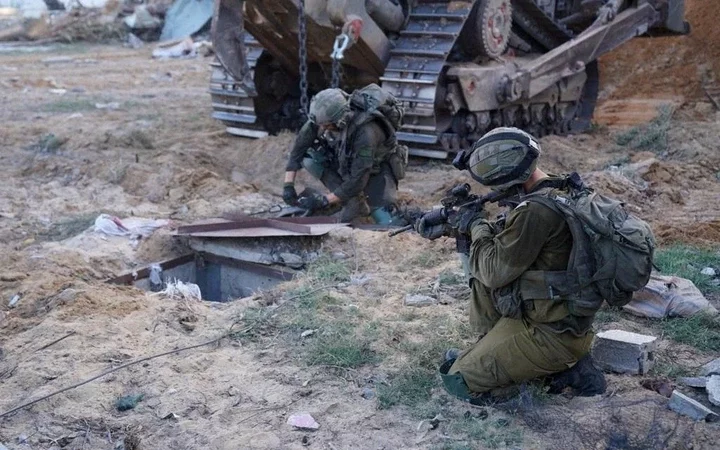
Mao Zedong, the founder of the People's Republic of China, was said to have observed "the guerrilla must swim in the people as the fish swims in the sea".
It is a lesson known to terrorists and revolutionaries from the IRA to the Taliban and is likely to explain the apparent absence of many Hamas fighters in Gaza.
There has been fierce fighting, of course. Alongside the well-documented civilian deaths, we do know there have been casualties in both Hamas and the Israel Defense Forces (IDF).
Hundreds of Hamas fighters have been killed in skirmishes in the enclave, according to the Israeli military, which claims to have broken the effectiveness of 10 of the terror group's 24 battalions.
Quite what this means is uncertain, though.
Like many irregular and terrorist groups, the number of fighters in a Hamas battalion is unlikely to be in the low hundreds, as would be expected in an Israeli or Western grouping of the same designation.
Before Oct 7, Hamas had about 30,000 fighters in the Gaza Strip, split into five regional brigades and 140 companies, according to the IDF.
Each brigade is armed with rockets, anti-tank missiles and sniper and engineering teams, the Israeli military claims.
However, given the difficult task of launching a military attack in an urban area, the firepower at the IDF's disposal and the time Hamas has had to prepare the ground (including the subterranean element), the lack of direct military action and verifiable casualties from Hamas is notable.
Part of the reason may be because the fight in Gaza is unlike the scenes witnessed in the actions against Islamic State in Mosul and Iraqi resistance forces in Fallujah; both recent examples of major urban combat between state militaries and irregular forces.
In particular, there are no suicide bombers or truck bombers so far, which was one of the things that made those battles much harder prospects.
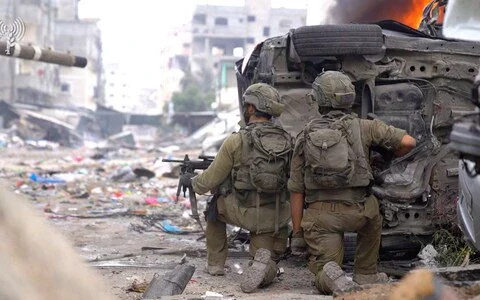
Most likely, Hamas fighters are biding their time, like the Taliban in Afghanistan, who picked up farming equipment rather than weapons when seriously outnumbered.
Many may have escaped down the so-called Gaza Metro, the terror group's subterranean maze of tunnels that sprawl for hundreds of miles under the enclave.
The warren allows Hamas to retreat, when deemed necessary, from advancing Israeli forces who have been issued with strict instructions not to go underground.
Believed to be home to an array of bunkers and command centres, the spider web-like labyrinth allows Hamas to stockpile weapons, food, water and fuel.
Section-by-section, Israel is trying to dismantle the tunnels using an array of robotics and explosives, but it is unlikely to be able to locate, let alone destroy, the network in its entirety.
Another possibility, one the IDF has been reluctant to acknowledge, is that Hamas terrorists have used the tunnels to escape to the Gaza Strip's south along with hundreds of thousands of civilians fleeing relentless Israeli bombardment in the north.
Above ground, reports suggest Israel has tried to profile those evacuating in a bid to root out any potential Hamas fighters attempting to blend in with the legions of desperate Palestinians on the move.
But the IDF does not have the capacity to search and question every fighting-age male in a population of more than two million. They may find weapon caches, command centres, bunkers, tunnels and communication equipment, but they will probably be patrolling - in total ignorance - past the actual fighters to reach these places.
Israel may hope to intercept communications between Hamas leaders and foot soldiers. That could lead them to arrest or kill commanders and other strategically important individuals and would also degrade Hamas's ability to coordinate activities.
Such a strategy would be a long-term slog, however, and unlikely to yield the kind of results the IDF and Benjamin Netanyahu need to reassure a terrified and angry society.
IDF makes gains
Meanwhile, facing limited resistance, Israeli troops continue to make significant inroads into the Gaza Strip's north.
Despite warnings of a long and bloody assault, they have already captured the police headquarters, the parliament building and a number of hospitals in a pincer-like press on the heart of Gaza City.
At Al-Shifa hospital, one of Israel's main targets for capture, the IDF claimed to have discovered weapons. But there was little evidence of the compound housing enough Hamas fighters to constitute a headquarters.
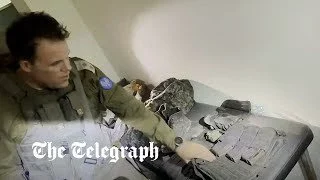
Britain's counterinsurgency campaign in Malaya (now Malaysia) took more than a decade and required significant political reform to be counted a success. It involved separating the people from the guerillas, swamping the country with security force personnel whilst engaging in intense, violent action to kill the insurgents.
Counterinsurgency campaigns - to kill an idea, rather than an armed faction - require a ratio of about 50 security force personnel for every individual in society.
In the Gaza fight, Hamas may choose to remain hidden, losing ground and equipment - and possibly requiring years to reconstitute - but crucially not losing fighters. If so, Israel is unlikely to have the numbers or the time to either wait for them to reveal themselves or to go out and find them.

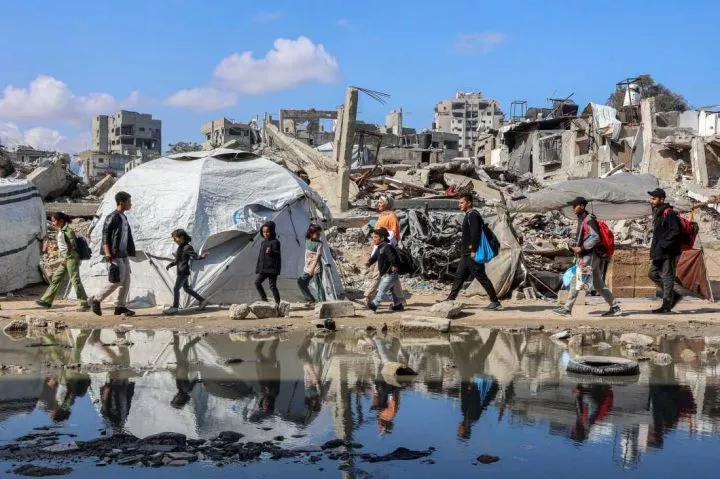
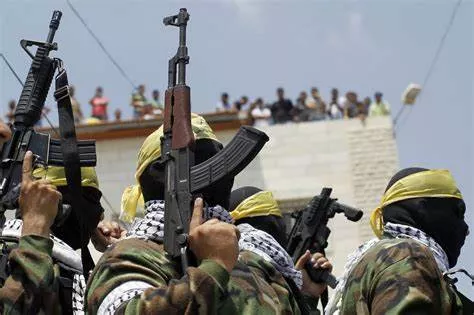
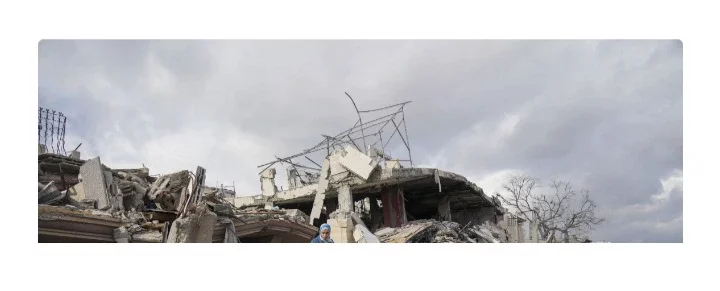
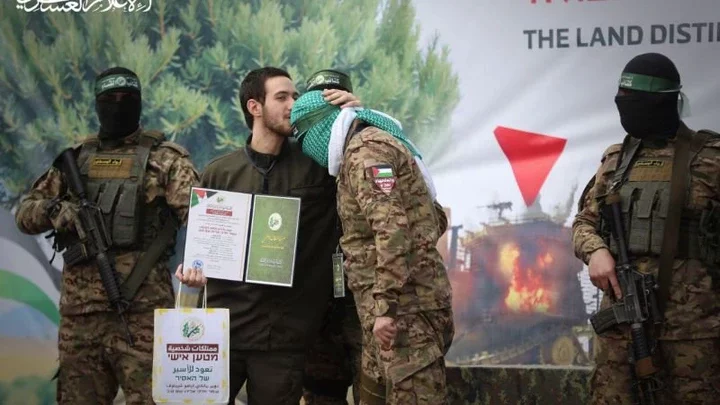
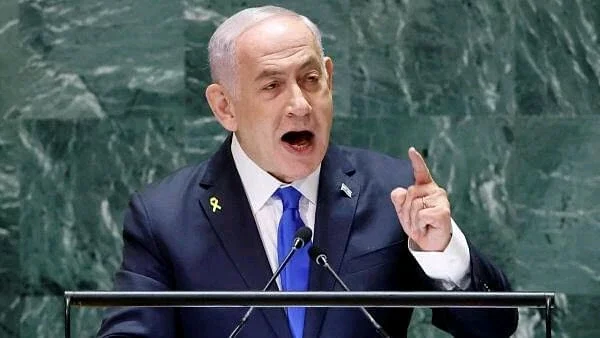
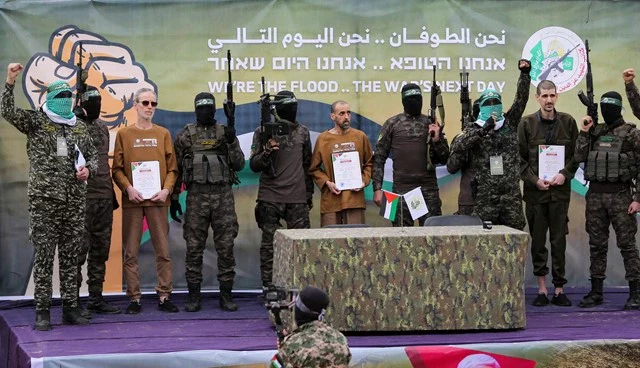









Comments